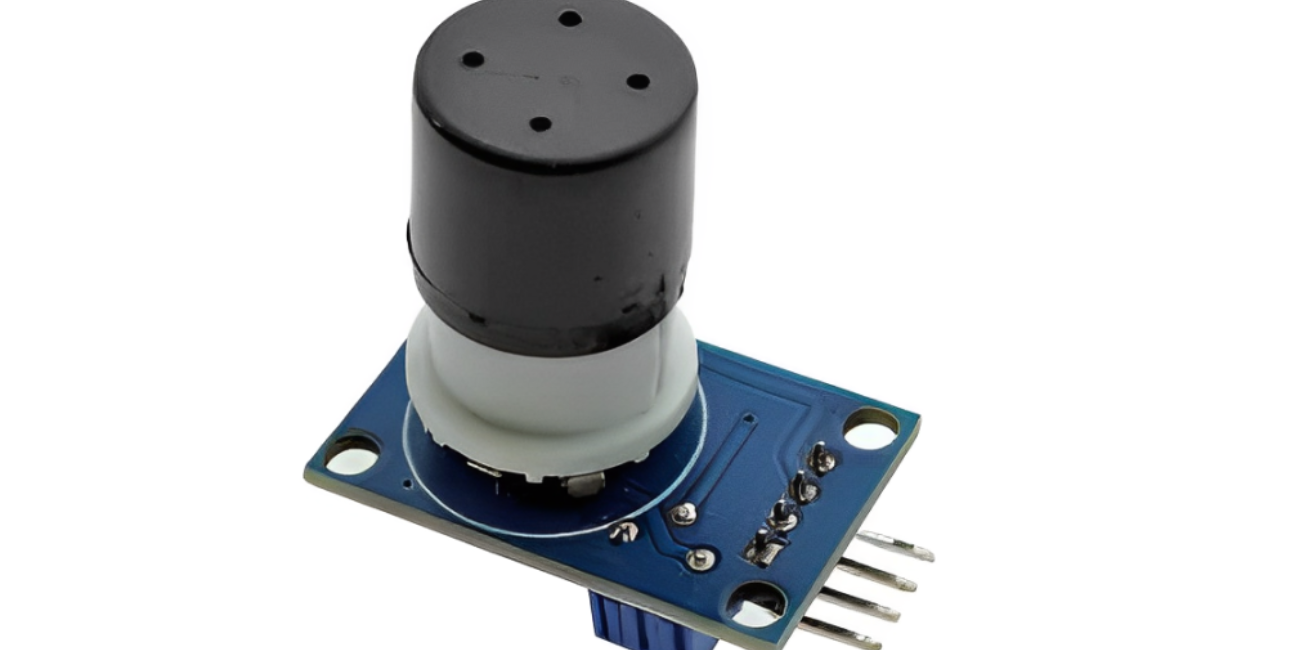
DSM Online Support
Support Master
Welcome to DSM Online
How can I help you today
How can we assist you? please let us know the support you need from DSM Online

In today's increasingly polluted world, monitoring air quality has become paramount. Among the various pollutants, ozone (O3) poses a significant threat to human health and the environment. This invisible gas, while beneficial in the stratosphere, can be harmful at ground level. To effectively detect and monitor ozone levels, the MQ-131 ozone gas detection sensor module has emerged as a reliable and cost-effective solution.
What is the MQ-131 Ozone Gas Detection Sensor Module?
The MQ-131 is a semiconductor-based sensor designed to detect ozone gas concentrations in the air. It utilizes a metal oxide semiconductor, typically tin dioxide (SnO2), which changes its resistance when exposed to ozone. This change in resistance is then converted into an analog or digital signal, providing a measure of the ozone concentration.
Key Features and Benefits:
Applications of the MQ-131:
The MQ-131 finds applications in various scenarios, including:
How the MQ-131 Works:
The MQ-131 operates based on the principle of chemiresistors. When ozone gas comes into contact with the sensor's sensitive layer, it reacts with the adsorbed oxygen on the tin dioxide surface. This reaction alters the resistance of the sensor, which is then measured by a circuit. The output voltage or digital signal is proportional to the ozone concentration.
Integrating the MQ-131 with Microcontrollers:
Connecting the MQ-131 to a microcontroller is straightforward. The analog output can be read using an analog-to-digital converter (ADC), while the digital output can be used for threshold-based detection. Arduino and Raspberry Pi libraries and tutorials are readily available, simplifying the integration process.
Calibration and Maintenance:
For accurate readings, the MQ-131 requires calibration. This involves exposing the sensor to known ozone concentrations and adjusting the output accordingly. Regular maintenance, such as cleaning the sensor surface and ensuring proper ventilation, is also essential for optimal performance.